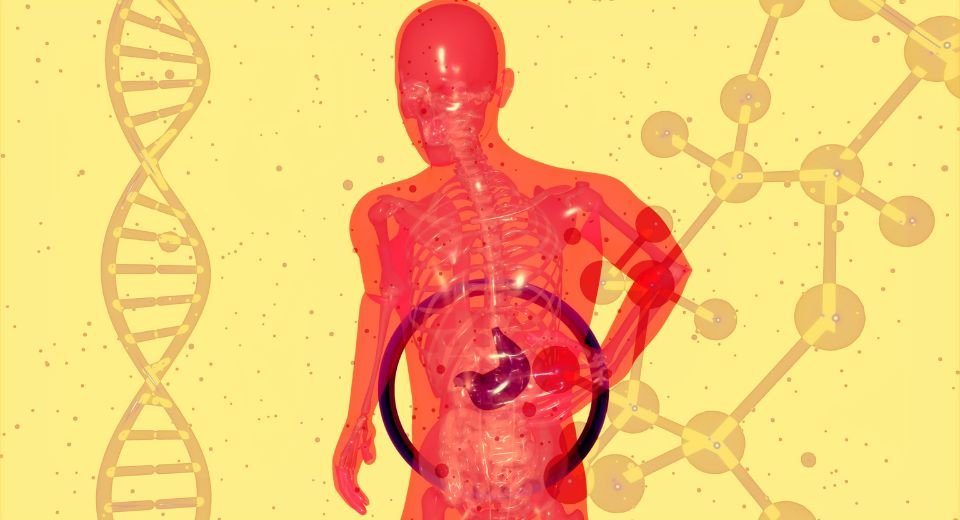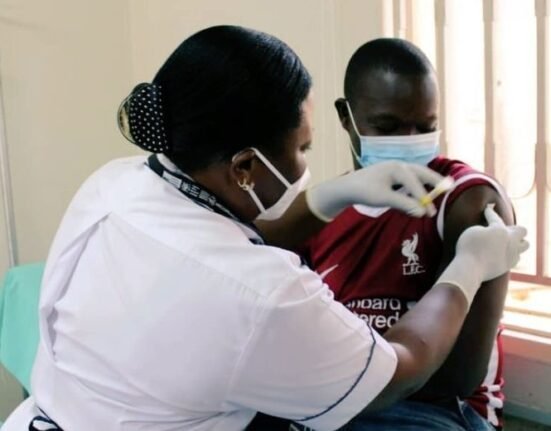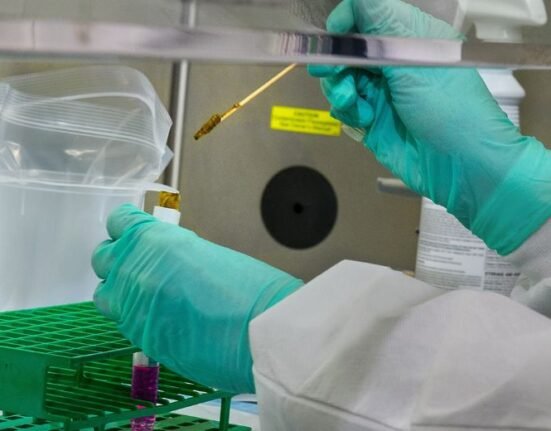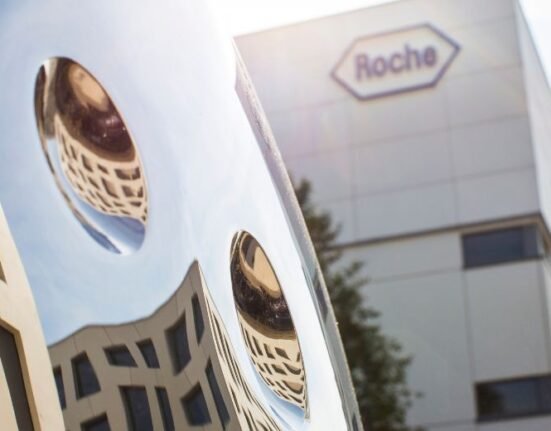HQ Team
April 11, 2023: Scientists are close to developing a human treatment for nonalcoholic fatty liver after successfully developing a compound tested in non-human primates.
DT-109 reversed fat buildup and prevented scarring in the livers of both mice and primates that had developed nonalcoholic steatohepatitis (NASH), according to global research.
In non-human pirates and mice, the researchers found that the DT-109 treatment reverses fat buildup and prevents fibrosis progression by simulating fatty acid degradation and antioxidant formation.
The drug also inhibited the production of lithocholic acid, a toxic secondary bile acid closely linked to nonalcoholic fatty liver disease.
The amino acid compound was found positive for treating the severe form of the disease that causes scarring and inflammation in the liver. It is estimated to affect up to 6.5% of the global population.
Michigan Medicine
Researchers at Michigan Medicine developed DT-109 from a glycine-based tripeptide. Peptides act as the building blocks of proteins, and a tripeptide is made of three amino acids joined by three peptide bonds.
Amino acids are molecules that combine to form proteins. Proteins and amino acids are the building blocks of life.
When proteins are digested or broken down, amino acids are left. The human body uses amino acids to make proteins to help the body break down food.
NASH is the second stage of nonalcoholic fatty liver disease, which in 2022 was estimated to affect 32% of people worldwide.
While the fatty liver disease can be treated with exercise and nutritional intervention, liver damage from NASH is more permanent. It has become the primary cause of chronic liver disease, and NASH-related cirrhosis are now one of the most common reasons for liver transplantation.
Impaired glycine metabolism
The scientists developed DT-109 for treating NASH in non-human primates after reports showed that impaired glycine metabolism emerged as a cause of nonalcoholic fatty liver disease and NASH.
“For years, scientists have been trying to develop a medication that treats NASH, but many attempts have failed to show an improvement or have raised safety concerns in clinical trials,” said Eugene Chen, MD, PhD, and senior author of the study.
“NASH is rising at a staggering rate, and successful treatment of non-human primates with our drug candidate, DT-109, brings us closer than ever to treating the millions of people suffering from this condition.”
NASH models are limited because “not all aspects of the human disease are accurately mimicked and, therefore, are not easily translatable to the clinic,” Mr Chen said.
Multiomics
The research team’s non-human primate model for NASH, confirmed using multiomics profiling studies, is among the first to accomplish the feat.
Multiomics is a biological analysis approach that uses multiple data sets such as the genome, epigenome, metabolite and microbiome.
By this approach, scientists can analyze complex biological big data to find novel associations between biological entities, pinpoint relevant biomarkers and build elaborate markers of disease and physiology.
The study, completed in partnership with an international team, including the Laboratory Animal Center at Xi’an Jiaotong University Health Science Center and the Institute of Cardiovascular Sciences at Peking University Health Science Center, was published in Cell Metabolism.
“With this significant breakthrough in preclinical models, we can now consider evaluating DT-109 as a potential drug candidate for the treatment of NASH in future clinical trials,” said Jifeng Zhang, co-corresponding author and research associate professor of cardiovascular medicine at Michigan Medicine.
“With millions of people suffering from NASH, the need for an effective treatment is more pressing than ever.”








